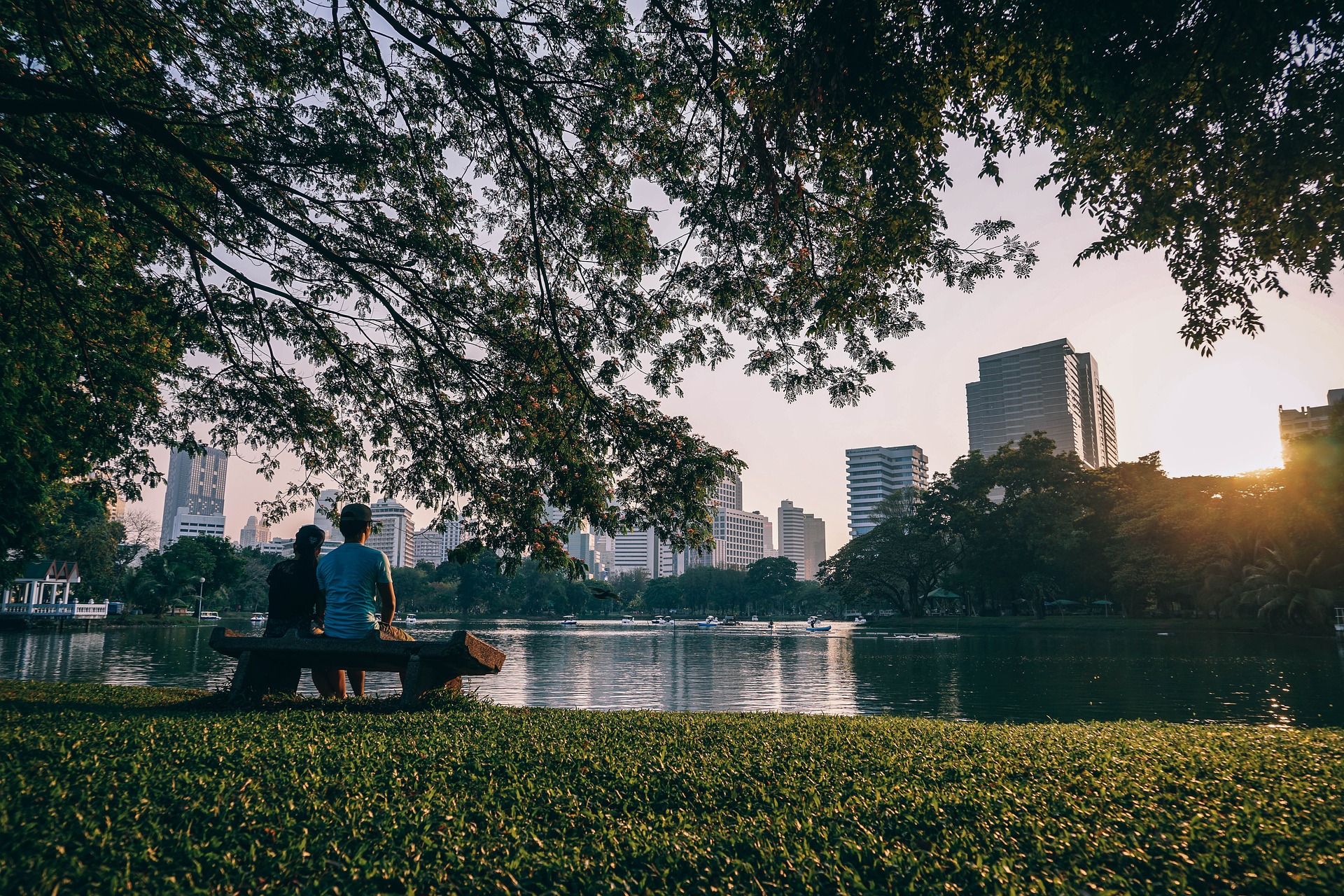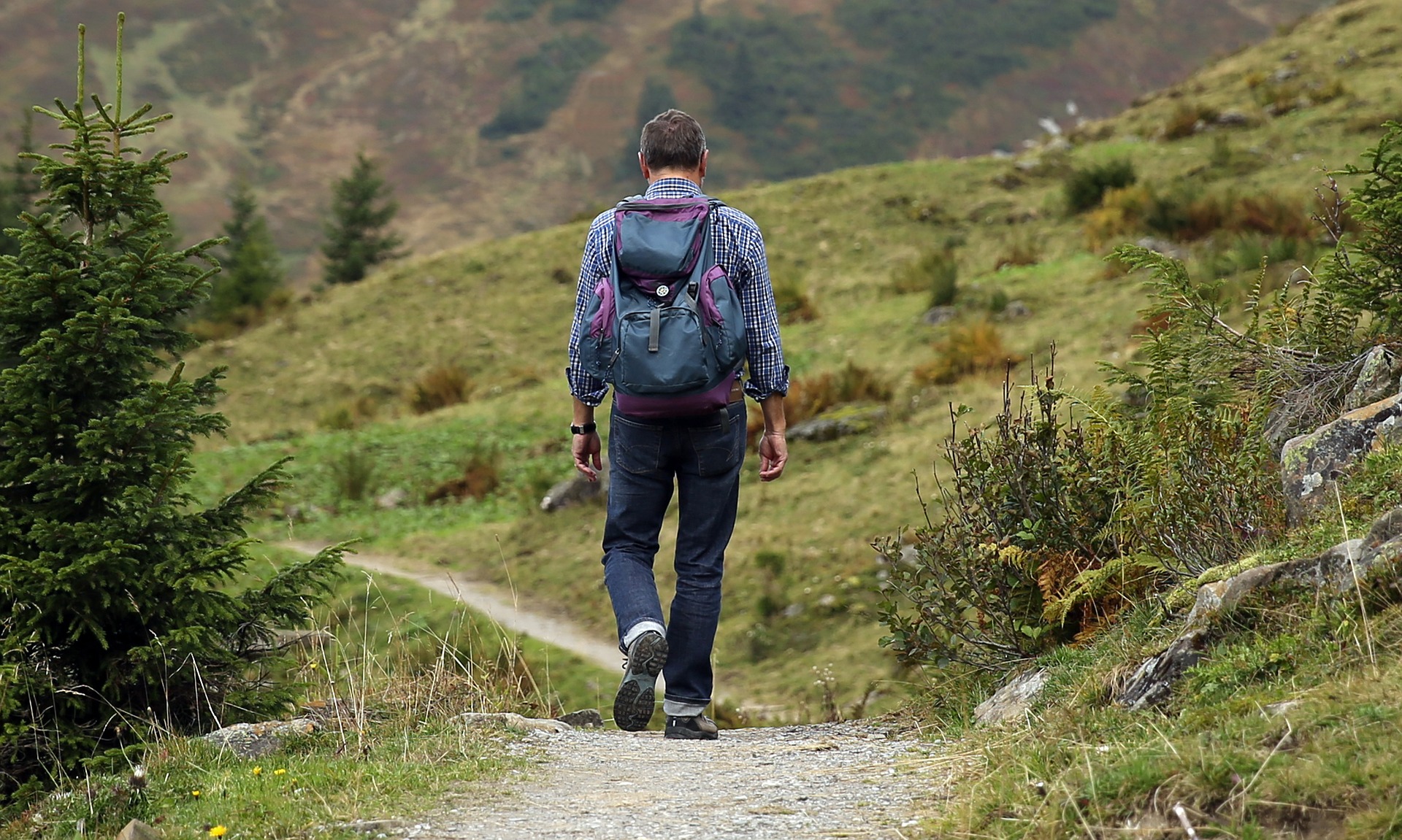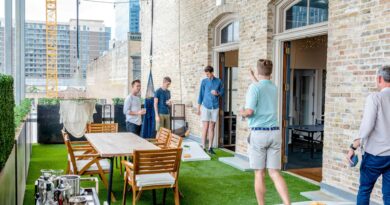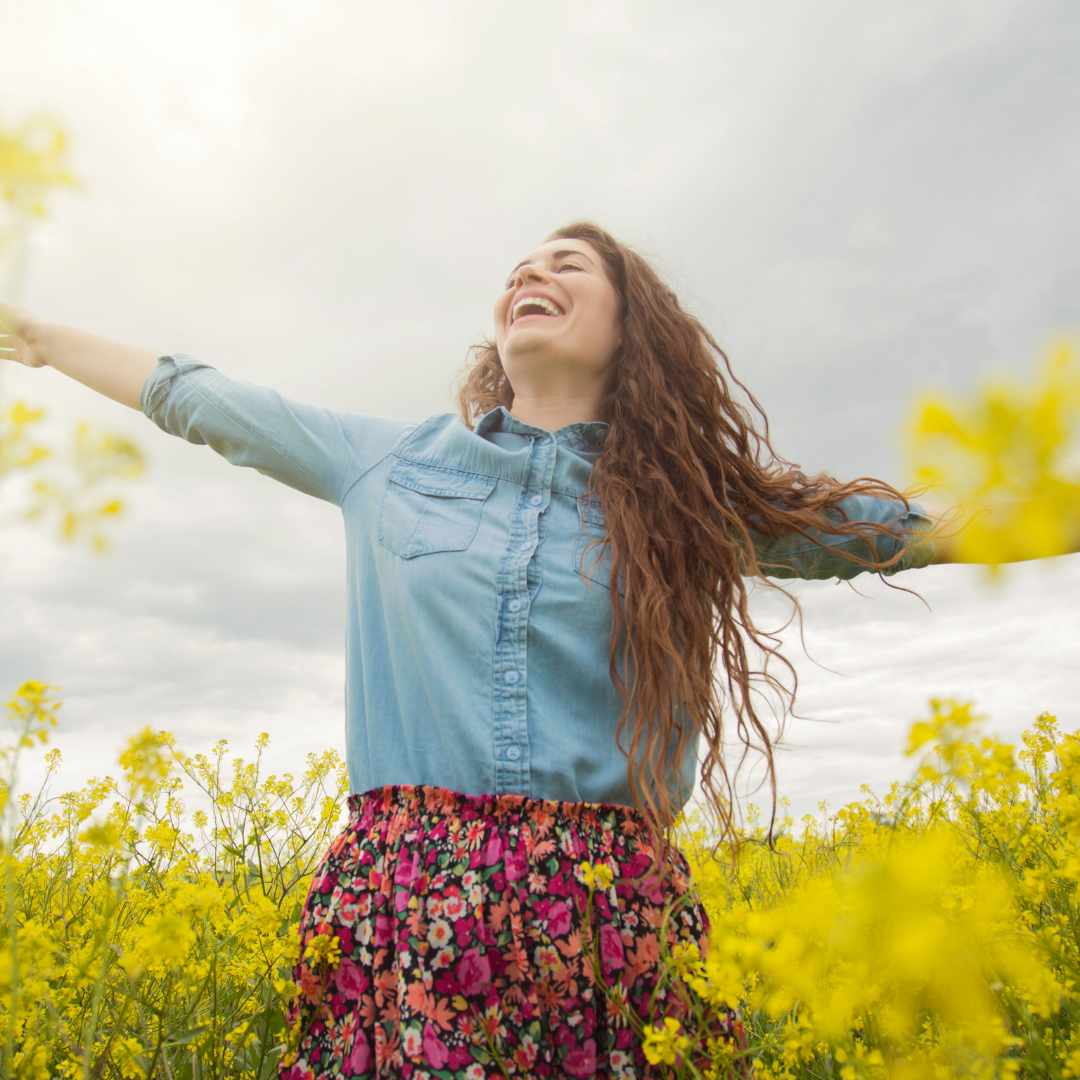How Nature inspires art
Too many mega cities and their communities have fallen victim to the barren concrete jungle. Rather than metropolises becoming more vertical in terms of trees, high rises and condos instead grow. Parks shrink in size until they no longer exist and the once beautiful and pristine skyline of harbourfronts is littered with new residential and commercial developments. This has been spurred on by growing populations and the need to jam as many people in as small a place as necessary. Condo developers and construction agencies with multimillion dollar contracts are more than happy to supply this need. But this inevitably takes a massive toll to not only nature, but people’s innate well-being and creative capital that comes both directly and indirectly from nature. The ability to take a walk in the woods or have a relaxing picnic under the shade of a tree, without the sight of modern skyscrapers, is a right that more of the public should demand. Green spaces are extremely effective at inspiring artistic creation that in turn builds better communities and a better city overall.

The notion of nature inspiring art dates back centuries, as reflective in early writers and painters that would capture natural beauty. Any masterpiece painting from artist like John Constable (The Hay Wain) or Claude Monet (Bridge over a Pond of Water Lilies) reflects the powerful force of nature and our relationship with its beauty. Specifically, how humans use nature for both industry and creating a symbiosis with art and imagination. The Romantic Poets of the 19th Century, namely Keats, Byron, Shelley, Coleridge, and Wordsworth, promoted the value of nature to the artist – even stating that nature is necessary for creation. Wordsworth in particular, through his poems and writings, differentiated the sublime and the beautiful in nature and its impact. The sublime is when an artist hikes in the wilderness and witnesses the glorious terror of nature’s force – be in raging waters or steep cliffs – and this in turn inspires imagination. Part of this inspiration is not merely witnessing an awe inspiring waterfall or a scary thunder storm, but the innate meditative quality of a serene meadow or forest. Often when the mind is at rest, it is also the most active. This is when brilliant ideas suddenly spring from nowhere as the person is walking down a forest path, enjoying the fresh air and nature sounds. Taking hikes stimulate creation not only based on surroundings, but the very act of getting exercise in the environment. More oxygen travels throughout the body, the blood flows, and the hiker has a unique feeling of being rested yet energized. The boon for the health of the body is conducive to being more effective at creating.

During the frigid winter months, many homebound residents suffer from Seasonal Affective Disorder (aptly called SAD). This is from a lack of Vitamin D sunlight as well as a tendency for inactivity from hibernating in front of the TV and never getting outdoors. While the extremely bright sun lamps are available to solve this seasonal depressed state, often the sufferer’s mood improves if they force themselves to brave the cold and head out into frozen winter scape. However, with so many glued to the TV or young children connected to their video games, the tendency to stay locked indoors is not a seasonal phenomenon. Therefore, even a balance between staying connected and enjoying the outdoors is better than none. With virtually everyone owning a mobile phone or laptop, these portable devices can be brought to a park bench or under a tree, whether chatting or emailing or playing a game or app. It is somewhat equivalent to reading a book in nature, with the calming white noise of birds and rustling leaves, than doing the same activity shut up in your room. Especially when it is gorgeous and sunny, there is little excuse, and as is said it would be an insult to the day not to go out. In fact, with growing urbanization and the loss of natural space, Architects and engineers have developed a concept known as Biophilic Design in order to reduce stress and increase productivity in the workplace. While the office cannot always be outside, nature can be replicated indoors (or bio-mimcry) with more plants and even the sounds of birds in the workplace. Author and Biologist Edward O. Wilson coined the phrase in 1984 with his book ‘Biophilia’, claiming humans require nature to be happy and creative because nature is part of our fabric and identity.

This goes to show that the person may be taken out of nature, but nature cannot be taken out of the person. Therefore, whether in the home or at work, nature can be mimicked with a garden or plants and by listening to nature sounds. Even reading a book about nature or watching a film such as ‘Into the Wild’ or ‘A Walk in the Woods’ (adapted from a book by Bill Bryson), can bring more nature into your life. Online games can further promote the relaxing and calming qualities of the great outdoors. There are also many online casino sites such as Rose Slots that offer nature themed slot games for players to enjoy. For instance, Yggdrasil’s ‘Seasons’ online slot, Eyecon’s ‘Beez Kneez’, or NetEnt’s ‘Strolling Staxx’ and the bucolic Irish countryside in their ‘Finn and the Swirly Spin’, capture the visual beauty and positive energy of nature. Further, all these slots and more are perfectly designed as mobile slots so that you can even play while resting on a park bench or beside a babbling creek. The gameplay is easy to understand with often 5 reels, about 3 to 4 wager rows, a certain number of paylines, and features with bonuses that offer many opportunities for major awards. Especially with the nature themed online slots, the gameplay itself is incredibly meditative as there is beautiful visuals and soothing background music of birds chirping and a light breeze.

Nature is a powerful force in our identity. Whether conscious or not, we crave nature and when cities stifle green space it is only stifling the creative potential and productivity of communities. Therefore, there are unique ways to incorporate nature into lives – be it parks on top of buildings to designate green areas, playing nature themed online games, or including greener designs in their workplace and their homes.

